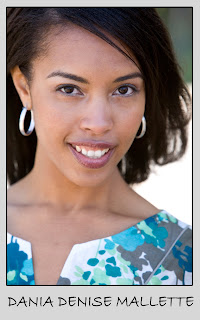
If you're a male model (agency represented or freelance), by now you've probably realized that you may be required to do certain things that regular guys don't have to. Being a model means looking like one and it isn't just your female counterparts that have to worry about maintaining their outer appearance.
Men in general are known for being rugged and even a bit "dirty" but when you enter the male modeling world, this isn't entirely true. So what does this mean for you as a male model? It means learning how to get pedicures, manicures, and (gasp!) maybe even facials! When you go in for a casting, go-see, or photoshoot, you should be "perfect" from head to toe. That means no dirty fingernails, no unsightly blemishes on your complexion, no hangnails and no gnarly feet. If you're the type of guy that cringes at the word "salon," "pedicure/manicure," and especially "metrosexual" then you'll need to get over that fear because unless you're already fairly diligent about your hygiene and outer appearance, you may need to step up your personal care routine a notch when it comes to your modeling assignments.
This post is mainly for the male models that don't give their face, fingernails and toenails a second thought. I always remember a segment from the "Janice Dickinson Modeling Agency Show" where she comes across a gorgeous guy with potential for male model stardom. She's all geared up to see what he's got--until she sees that his feet are pretty gross looking and not taken care of. The end result: she sent him home. Of course anything Janice Dickinson does tends to be exaggerated but her actions and decision to not work with the guy is something that happens all the time in the modeling industry. You never want to give anyone a reason to not want to work with you--regardless of how petty you may think it is. Modeling isn't about making other people accommodate you (unless you're a supermodel)...it's about impressing the people that are responsible for booking you for work.
If you've got a casting or a shoot coming up, you'll want to get into the habit of giving yourself a little pampering a few days prior to the event. If you're all thumbs about personal care and grooming your fingernails, toenails and face properly, that's what salons are for. This may be the time to talk to your girlfriend or female friends and family members about where they go to get such services done. Instead of feeling embarrassed by these tasks, look at the situation as taking the necessary steps to making yourself look amazing in order to impress the client. In this case, it's safe to indulge in your male ego for a moment. By trusting professionals to do the work for you, you'll have less to worry about and will know without a doubt that when you show up for the casting or shoot, that you'll be looking top notch. Going to the spa may be intimidating at first but trust me, once you experience what it's like to be pampered--even if it's just a simple manicure or pedicure--you'll want to go back again! And you're not alone...it isn't just male models that have to take these steps--more and more regular men are making it a habit to indulge in spa services...many of them aren't even what we would consider metrosexual!
Being a male model means being at the top of your game at all times and that also includes the little things you normally wouldn't think about. So give the spa a try...you may enjoy the experience more than you thought you would (and what women doesn't love a guy who is well groomed from top to bottom?).











